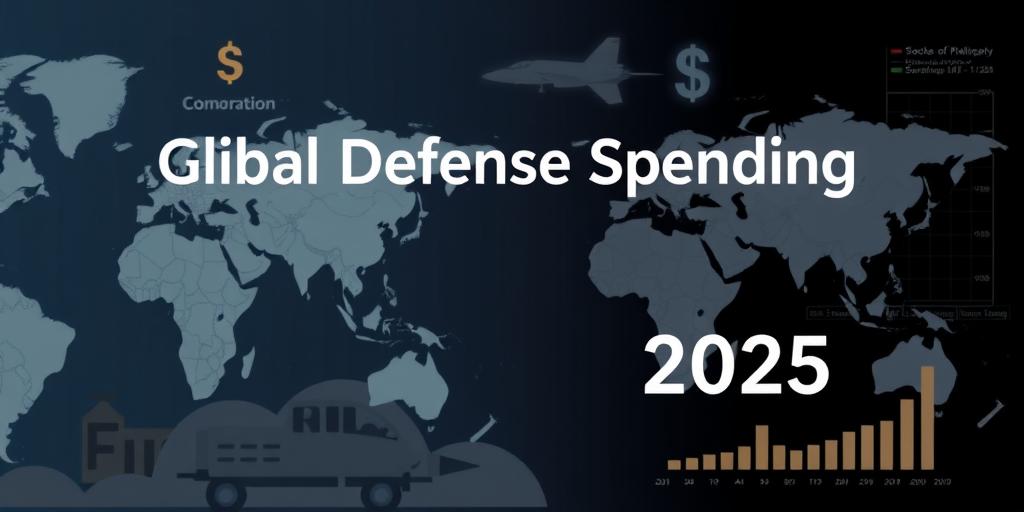The Role of Central Banks in Climate Risk Management (2025)
Explore the growing role of central banks in climate risk management. Learn how they're adapting to protect financial stability and promote green finance in 2025.

The Role of Central Banks in Climate Risk Management (2025)
Alright, let's dive into something that might sound a bit dry but is actually super crucial: the role of central banks in managing climate risk. Yeah, I know, finance and climate change – not exactly the combo you'd bring to a party, right? But stick with me!
So, What's the Deal?
Basically, central banks are the big bosses of the financial world in their respective countries. They're in charge of keeping the economy stable, controlling inflation, and making sure the financial system doesn't go belly up. Now, climate change is throwing a major wrench in the works.
Why Should Central Banks Care About Climate Change?
Great question! Here’s the lowdown:
- Financial Stability: Climate change can mess with everything. Think about extreme weather events destroying businesses, droughts impacting agriculture, or rising sea levels wiping out coastal properties. These events can lead to major financial losses.
- Economic Impact: Climate change isn't just an environmental issue; it’s an economic one. It affects productivity, supply chains, and even consumer behavior. Central banks need to factor these impacts into their economic forecasts and policy decisions.
- Risk Management: Banks lend money to businesses and individuals. If those borrowers are in areas highly vulnerable to climate change, the risk of default increases. Central banks need to make sure financial institutions are assessing and managing these risks properly.
How Are Central Banks Getting Involved?
Okay, so how are these financial overlords actually tackling climate change? Here are a few ways:
- Stress Testing: Imagine putting the financial system through a climate change simulator. That's basically what stress testing is. Central banks are starting to use climate-related scenarios to see how banks and other financial institutions would hold up under different climate impacts.
- Green Finance: Central banks are promoting green finance initiatives. This means encouraging investments in sustainable projects and businesses that help reduce carbon emissions. Some are even considering green bonds – bonds specifically used to fund environmental projects.
- Research and Analysis: To get a handle on the economic and financial impacts of climate change, central banks are diving into research. They're studying everything from the effects of extreme weather on inflation to the potential for stranded assets (assets that lose value due to climate change policies).
- Policy Adjustments: This is where it gets interesting. Some central banks are starting to think about adjusting their monetary policies to account for climate risks. For example, they might favor green investments or penalize those that contribute to climate change.
Challenges and Controversies
Of course, it’s not all smooth sailing. There are plenty of challenges and debates:
- Scope and Mandate: Some argue that climate change isn't really within the scope of central banks' traditional mandates. They worry about mission creep and overreach.
- Data and Modeling: Climate-related data is often incomplete or uncertain. This makes it tough to accurately model the financial impacts of climate change.
- Political Interference: Central bank independence is crucial. But if central banks get too involved in climate policy, they risk being seen as politically motivated.
What's Next?
Looking ahead, expect central banks to play an increasingly active role in climate risk management. They'll likely ramp up their stress testing, promote green finance, and refine their research and analysis. The goal? To ensure the financial system is resilient in the face of climate change and to support a transition to a more sustainable economy.
In Conclusion
So, yeah, central banks and climate change – it might not be the sexiest topic, but it’s a vital one. By understanding the role these institutions play, we can better grasp how the financial system is adapting to the challenges of a changing climate. Stay informed, stay curious, and let’s keep this convo going!








